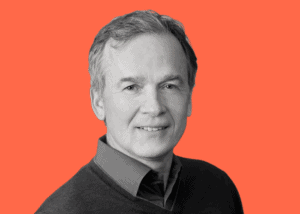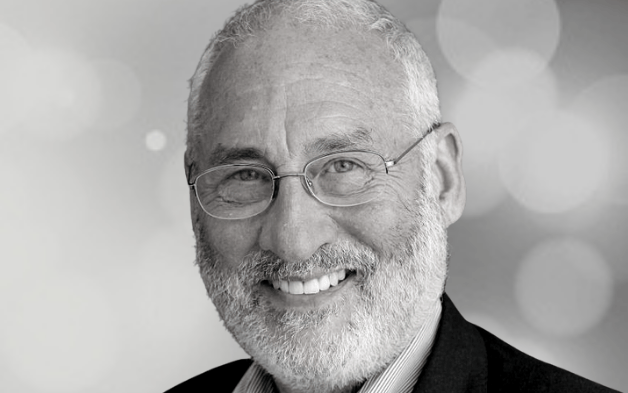This session looked at the biggest risks that asset owners are facing in this environment over the next 2-3 years as a result of the major shifts to near-zero interest rates, coordinated monetary and fiscal policy (MP3), and heightened internal and external conflict. It examined how the move to MP3 has significant implications for how investors manage risk and construct portfolios going forward. In an MP3 world, direct government spending rather than mostly efficient markets will be a much larger influence on the investment assumptions we take for granted, the drivers of growth and inflation, the flow of liquidity and how it impacts the cash flows of each asset, the pricing of the assets, their discount rate and the currency they’re denominated in.

Bob Prince
Co-CIO, Bridgewater (United States)
Bob Prince is co-chief investment officer for Bridgewater Associates, responsible for managing the company’s investment process with Ray Dalio and Greg Jensen. During his tenure at Bridgewater, he has been a partner in developing all aspects of Bridgewater’s investment process and client strategies. Prince got to know Dalio and Bridgewater in the early 1980s when he headed the Treasury Department of First National Bank of Tulsa, in Tulsa, Oklahoma. Before joining Bridgewater, for three years Prince used Bridgewater as his off-campus research staff in managing the bank’s funding, asset/liability management, and investment portfolio. He holds a Bachelor of Science degree in Finance and Accounting and an MBA from the University of Tulsa.
Tate has been an investment industry media publisher and conference producer since 1996. In his media career, Tate has launched and overseen dozens of print and electronic publications. He is the chief executive and major shareholder of Conexus Financial, which was formed in 2005, and is headquartered in Sydney, Australia. The company stages more than 20 conferences and events each year – in London, New York, San Francisco, Los Angeles, Amsterdam, Beijing, Sydney and Melbourne – and publishes five media brands, including the global website and strategy newsletter for global institutional investors conexust1f.flywheelstaging.com. One of the company’s signature events is the bi-annual Fiduciary Investors Symposium. Conexus Financial’s events aim to place the responsibilities of investors in wider societal, and political contexts, as well as promote the long-term stability of markets and sustainable retirement incomes. Tate served for seven years on the board of Australia’s most high profile homeless charity, The Wayside Chapel; and he has underwritten the welfare of 60,000 people in 28 villages throughout Uganda via The Hunger Project.
Key takeaways
- Bridgewater’s Bob Prince explains the perils of MP3 and suggests shaping strategies around cash-flow yield and connecting equity cash flows to stable sources of spending in the economy.
- Today’s MP3 world where monetary and fiscal policy work hand-in-hand has resulted in important secular shifts.
- Under MP1, interest rates were the driver, used to change levels of borrowing and lending to alter spending habits. Under MP2 QE became the main tool whereby governments printed money to drive up asset prices.
- Under MP3 the Fed borrows and directs money into the economy wherever it wants, supplementing incomes and raising spending.
- Now governments are trying to suppress interest rates so as not to offset the stimulation from the fiscal side. It means that the goal has become to hold interest rates stable so as not to conflict with the “person on the accelerator”.
- This shift in linkages has big implications.
- Asset holders are on the wrong side. Holders of cash have lost their purchasing power. Cash and bonds are no longer a saving vehicle.
- Central banks now only playing a support role to governments, heavily involved in markets.
- Investors need to think differently and get returns through cash flow yields. It is possible to create a tracking portfolio of stable sources of spending in the economy.
- Stable cash flow streams still get price volatility, but it is possible to hedge this.
- Through this lens public and private assets are on the same plane.
- However, zero interest rates, deficits and printing money, doesn’t exist in Asia. It makes investment in Asia another source of diversification and investors should move between east and west.





